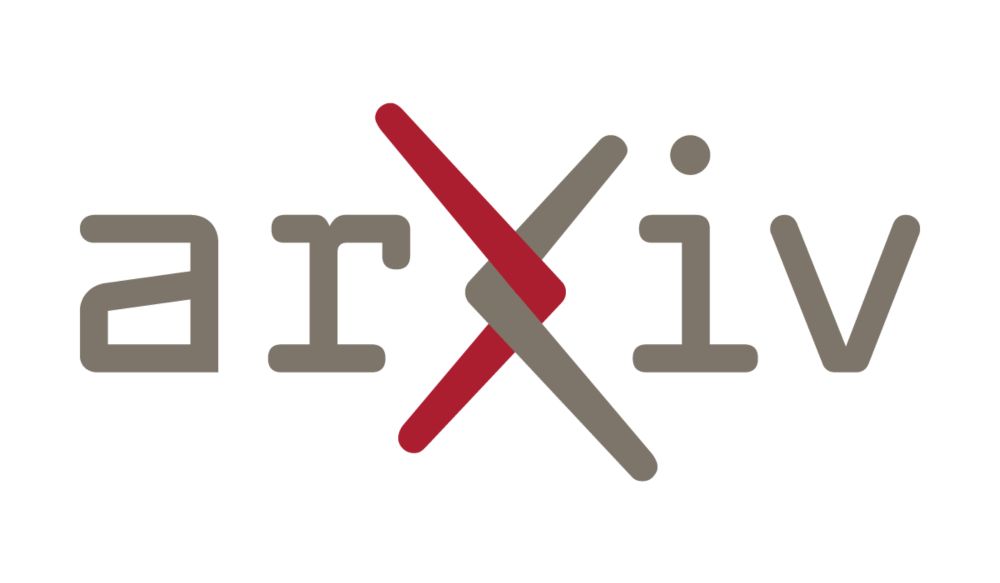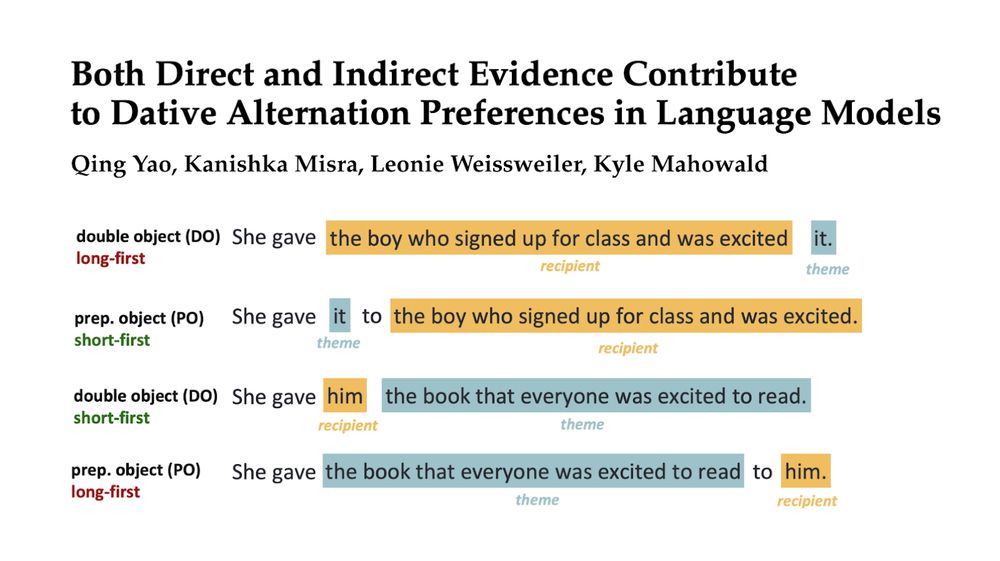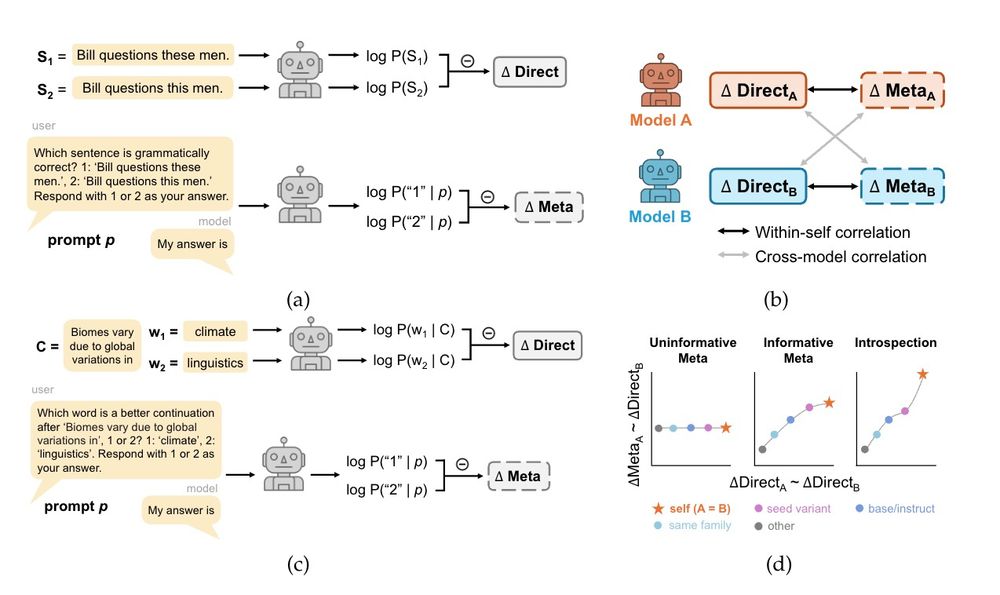Sasha Boguraev @ COLM
@sashaboguraev.bsky.social
130 followers
240 following
20 posts
Compling PhD student @UT_Linguistics | prev. CS, Math, Comp. Cognitive Sci @cornell
Posts
Media
Videos
Starter Packs
Reposted by Sasha Boguraev @ COLM
Reposted by Sasha Boguraev @ COLM
Reposted by Sasha Boguraev @ COLM
Reposted by Sasha Boguraev @ COLM













